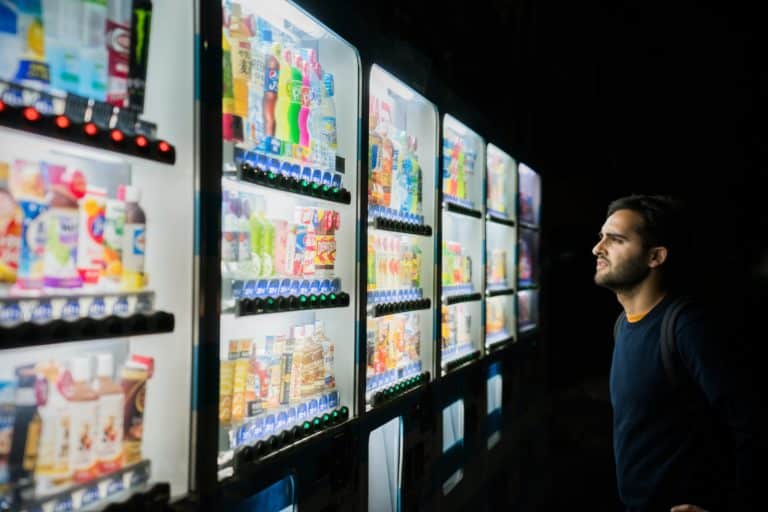Seasonal Affective Disorder (SAD) is commonly associated with cold, dark winters in northern latitudes. However, individuals living in hot climates can also experience this form of depression, which presents unique challenges. While the abundance of sunlight may seem paradoxical, the lack of seasonal variations in temperature and limited outdoor activities during scorching summers can contribute to SAD. In this article, we will delve into the impact of SAD in hot climates and explore strategies to overcome its symptoms.
Understanding Seasonal Affective Disorder (SAD)
Seasonal Affective Disorder is a subtype of major depressive disorder that follows a seasonal pattern. It typically occurs during fall and winter, but for individuals in hot climates, it may manifest during the summer months. The exact cause of SAD is not fully understood, but it is believed to be linked to a combination of reduced sunlight exposure, disrupted circadian rhythms, and neurotransmitter imbalances.

Challenges of SAD in Hot Climates:
- Intense Heat: In hot climates, extreme temperatures can pose challenges for individuals with SAD. The intense heat can discourage outdoor activities, making it difficult to engage in beneficial sunlight exposure and physical exercise. The discomfort and potential health risks associated with prolonged exposure to high temperatures may lead to social isolation, as people tend to stay indoors to seek relief.
- Limited Daylight Variation: Unlike regions with distinct seasons, hot climates often experience limited daylight variation throughout the year. This lack of variation in daylight hours can disrupt the body’s natural circadian rhythms, which rely on changes in light and darkness to regulate sleep patterns and other physiological processes. Without clear seasonal cues, individuals with SAD may find it challenging to differentiate between seasons and may experience a continuous feeling of being stuck in a particular time frame.
- Air Conditioning: To escape the sweltering heat, people in hot climates rely heavily on air conditioning systems. While air conditioning provides relief from the heat, it often results in reduced natural light exposure. Spending most of the time indoors with artificial lighting and cool temperatures can further disrupt the body’s circadian rhythms, potentially exacerbating the symptoms of SAD. The lack of exposure to natural light and the disconnection from the outdoor environment can affect mood regulation and exacerbate feelings of depression.
- Conflicting Perceptions: Living in a hot climate where sunny weather is the norm can create conflicting perceptions for individuals with SAD. There may be societal expectations to enjoy the sunshine and engage in outdoor activities, which can intensify feelings of guilt, shame, and isolation. Others may struggle to understand why someone would experience depressive symptoms in a region known for its pleasant weather. These conflicting perceptions can make it difficult for individuals with SAD to seek support or openly discuss their struggles, leading to increased feelings of isolation and a reluctance to seek help.

Overcoming SAD in Hot Climates:
- Light Therapy: Light therapy is a proven and effective treatment for SAD. Even in hot climates, it can be beneficial by using specially designed light boxes or lamps that emit bright light, mimicking natural sunlight. Exposing yourself to this light for a specific duration each day, preferably in the morning, can help regulate your circadian rhythms and alleviate SAD symptoms. Consult with a healthcare professional to determine the appropriate light intensity and duration for your specific needs.
- Seek Natural Light: Make a conscious effort to spend time outdoors during the cooler parts of the day when the sun’s intensity is lower. Morning and evening sunlight can be more comfortable to tolerate, allowing you to benefit from natural light without discomfort. Take a walk, sit in a park, or engage in activities that enable you to soak up the gentle rays of the sun. Even brief periods of natural light exposure can have a positive impact on your mood and energy levels.
- Create a Cool, Sunlit Environment: In your indoor spaces, strive to keep them well-lit with natural light. Open curtains or blinds during the daytime to allow sunlight to enter. Consider using light-colored and reflective surfaces for walls, furniture, and decor to enhance brightness and maximize the reflection of natural light. Additionally, ensure that your air-conditioned spaces have adequate lighting to counteract the negative effects of artificial light and create a more natural ambiance.
- Stay Active and Engaged: Engaging in indoor activities that promote social interaction and exercise can be beneficial in combating SAD. Join a gym, take up yoga or dance classes, or participate in hobbies that provide a sense of accomplishment and joy. Regular physical activity releases endorphins, which can boost your mood and alleviate symptoms of depression. Social interaction can also provide support and a sense of connection, helping to combat feelings of isolation.
- Balance Sleep Patterns: Maintaining a consistent sleep schedule is crucial for managing SAD. Ensure that your sleep environment is cool, dark, and conducive to quality rest. Use blackout curtains or an eye mask to minimize external light, and maintain a cool temperature in your bedroom. Establish a regular sleep routine by going to bed and waking up at the same time each day, even on weekends. Avoid excessive daytime napping, as it can disrupt your sleep-wake cycle and make it harder to fall asleep at night.
- Cognitive Behavioral Therapy (CBT): Consider seeking professional help from a mental health professional who specializes in cognitive-behavioral therapy (CBT). CBT is a widely used and effective therapeutic approach for SAD. It can help you identify negative thought patterns, develop coping strategies, and reframe your perception of the challenges associated with SAD. A therapist can work with you to develop personalized techniques to manage your symptoms and improve your overall well-being.
- Stay Connected: Maintaining social connections and seeking support is crucial for individuals with SAD, regardless of the climate. Reach out to friends, family, or support groups to share your experiences and feelings. Talking about your struggles can help alleviate the sense of isolation and provide a supportive network. Consider joining local or online support groups specifically focused on SAD, where you can connect with others who understand and relate to your experiences.

Seasonal Affective Disorder can affect individuals living in hot climates, presenting unique challenges due to the paradoxical relationship between excessive sunlight and the symptoms of depression. However, by implementing strategies such as light therapy, seeking natural light, creating a sunlit environment, staying active, and seeking professional help, individuals can successfully navigate and overcome SAD in hot climates. Remember, seeking professional help is not a sign of weakness but a courageous step towards improving your mental health. A mental health professional can provide individualized guidance and help you develop coping strategies tailored to your specific circumstances.
In conclusion, while seasonal affective disorder can present unique challenges in hot climates, there are various strategies you can implement to manage and overcome its symptoms. By incorporating light therapy, seeking natural light, creating a supportive environment, practicing self-care, and seeking professional help, you can navigate SAD and improve your overall well-being. Remember to be patient with yourself and embrace a holistic approach to mental health.




